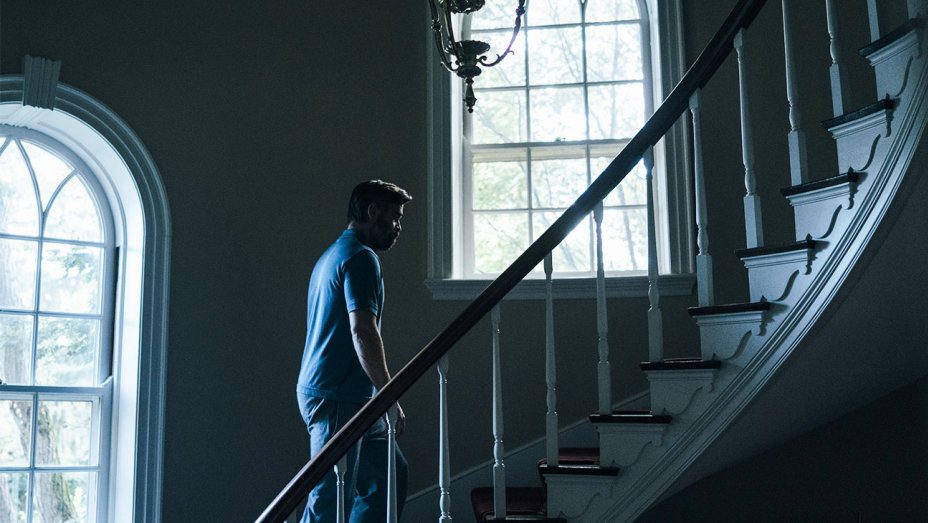Why does a surgeon keep a watch?
In the O.R., you need to tell very precise time. It slips away from you every second: clamp another artery, sterilize the gash in the belly, steady hands, steady hands, plasma plasma plasma…
There are measures you can take to keep a patient alive, for sure. But what if there was no apparent cure – and the patient was your son? How steady would your hands be then?

Yorgos Lanthimos’ latest directorial feat, The Killing of a Sacred Deer, follows Steven Murphy (Colin Farrell), a cardiologist, who maintains a strange, distanced relationship with Martin (Barry Keoghan), a teenager whose father Steven lost in surgery several months prior.
In their first interaction, he buys Martin a watch.
In an ironic twist of fate, it is Steven who must keep a close eye on the time. When Martin announces to him that his entire family – son Bob (Sunny Suljic), daughter Kim (Raffey Kassidy), and wife Anna (Nicole Kidman) – are doomed to die, he scrambles to save them from what appears to be a vengeful curse cast by Martin.
Yet no bewitching spell is ever uttered; there seems to be no explanation, neither scientific nor supernatural, for the symptoms that overwhelm Steven’s children. They lose function of their legs, unable to do anything but crawl. They refuse to eat, practically vomiting when food touches their lips.
The last omen, as per Martin’s warning, is that they are to bleed from the eyes. That is, unless Steven chooses one of them to kill – then the rest will live.
Co-writers Lanthimos and Efthymis Filippou have concocted a thrilling elixir of off-beat, reserved interaction and cold, unfeeling malice. The discussions between Steven and Martin – occurring in such inconspicuous locations as a Cincinnati diner or parking lot – are hardly ever conducted eye-to-eye. They speak honestly and openly, Martin a little shyer when it comes to the former quality.
When he reveals to Steven the impending fate of his family, it comes as quite a shock; up until that point, their relationship seemed strange and certainly questionable, but not malignant. As Anna and the kids are informed and involved in Steven’s seemingly mad attempts to protect them, the family – and their friends – begin to fall apart at the seams.
While at times the nearly monotone, reticent nature of the performances can seem raw and unnurtured, they suit the story well. It is not boldly outlined; there is no way to discern what exactly is happening to the Murphys. To that end, it’s rather difficult to determine what they are all thinking.
Some might find this frustrating; there is a lot that remains unanswered at the end. But the weight of the ominous questions the story poses never leaves: with the help of a haunting score and deliberately slow, meditative camera movement (brought to you by cinematographer Thimios Bakatakis), the tension mounts second by second.
This movie’s greatest strength is the wait for something to happen, the dread that should accompany a solid thriller. The characters are so unfamiliar that to see them in a familiar world – Cincinnati – is incredibly disarming. It’s almost as if Lanthimos is suggesting that such a horror could occur in one’s own backyard.
In all, The Killing of a Sacred Deer is a ride that leaves you with both hands gripping the seat and an eyebrow raised. It’s a unique piece that stands alone amongst 2017’s offerings, something Lanthimos’ history of creating surrealistic worlds set in the midst of perfectly believable circumstances could have taught us to expect.


